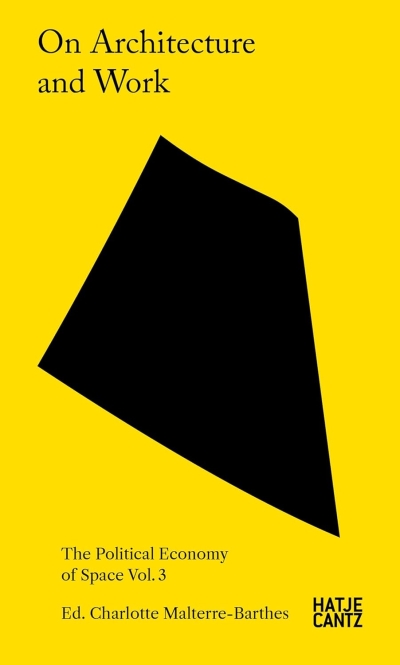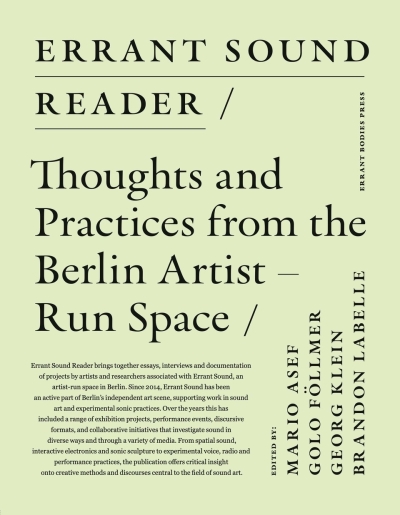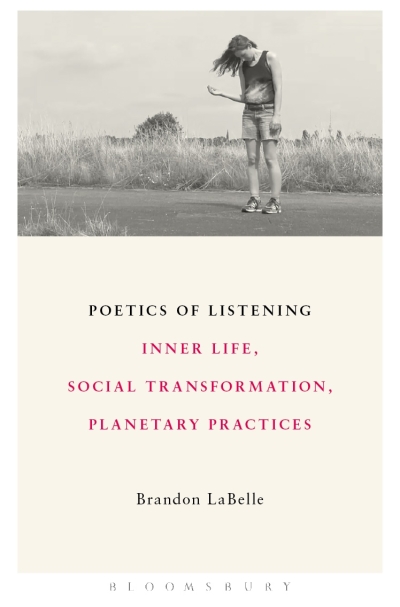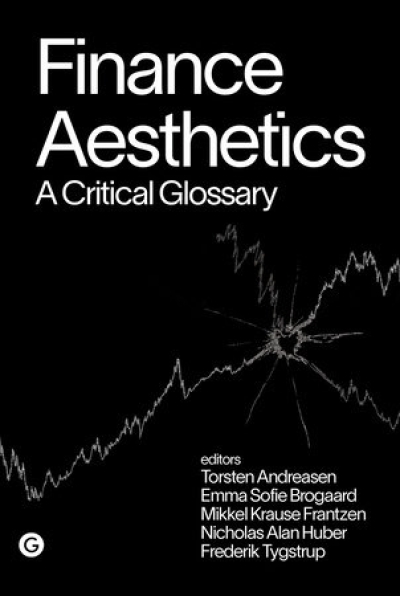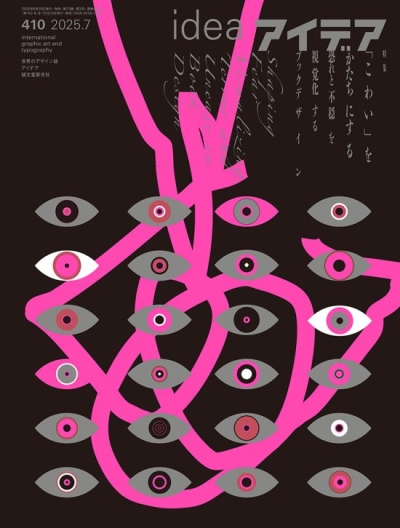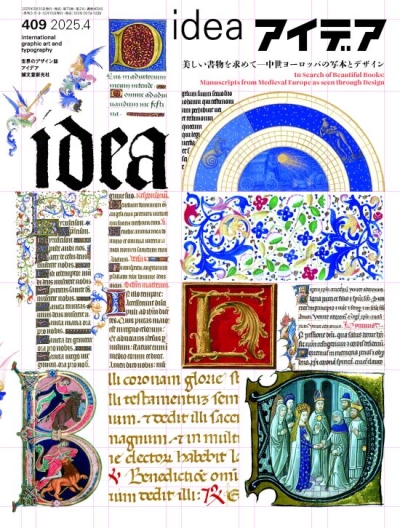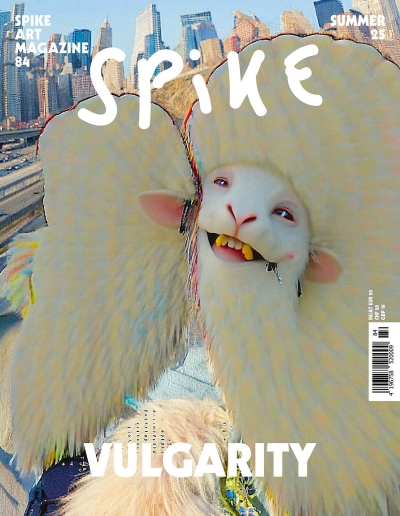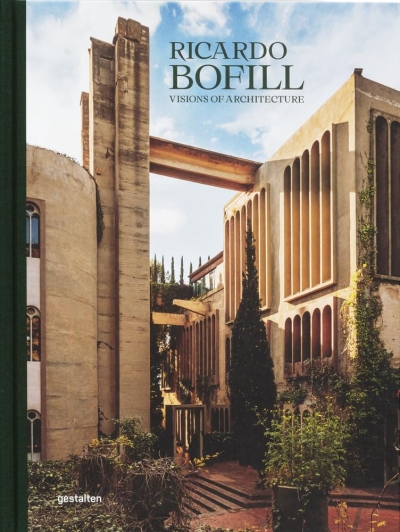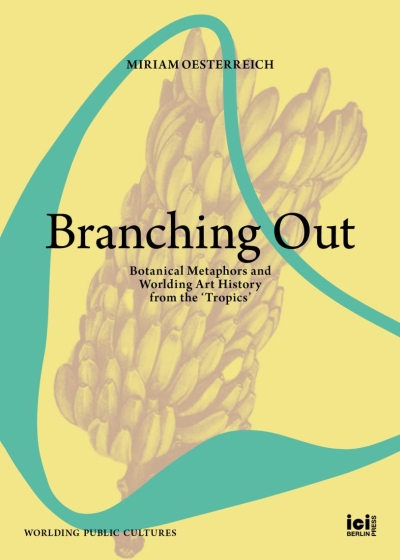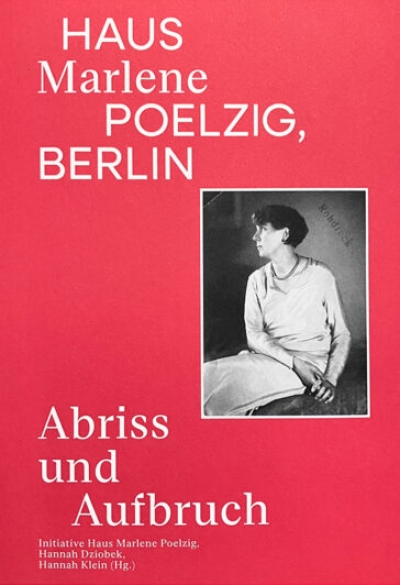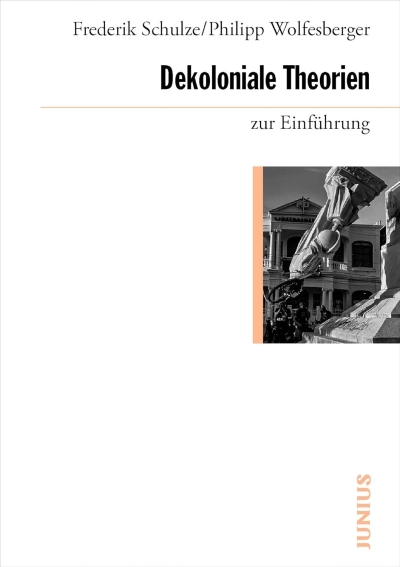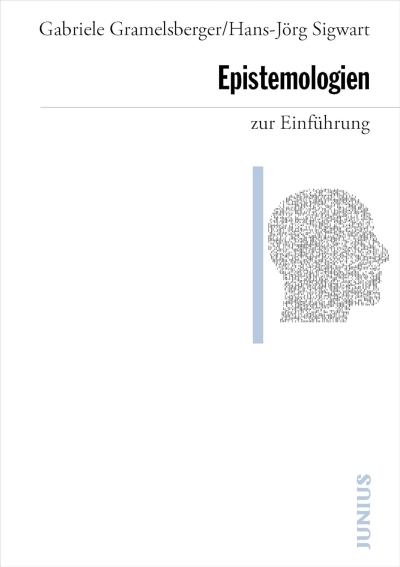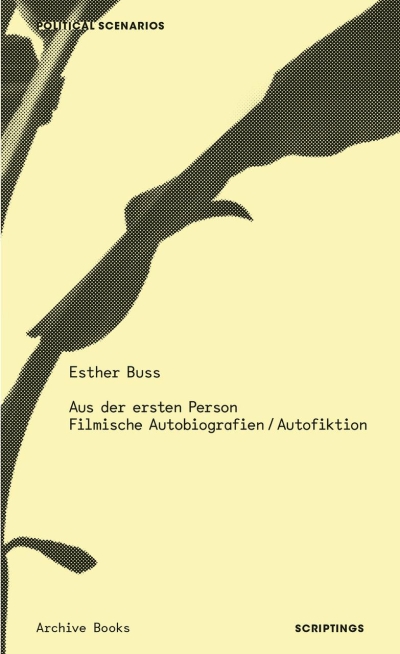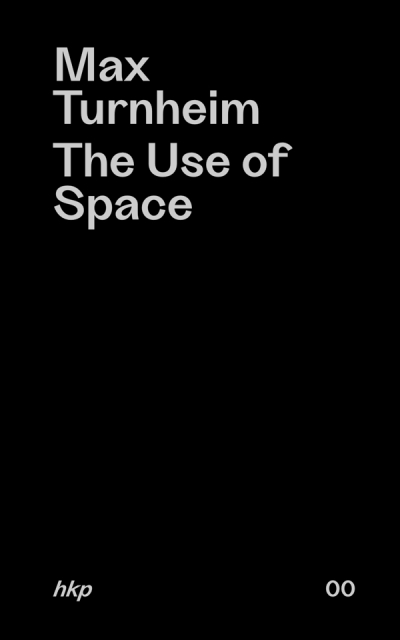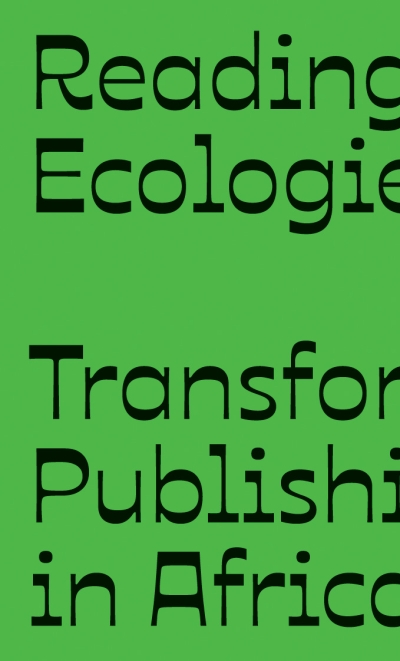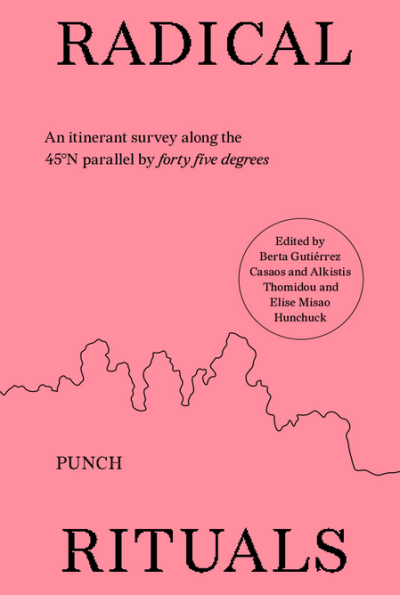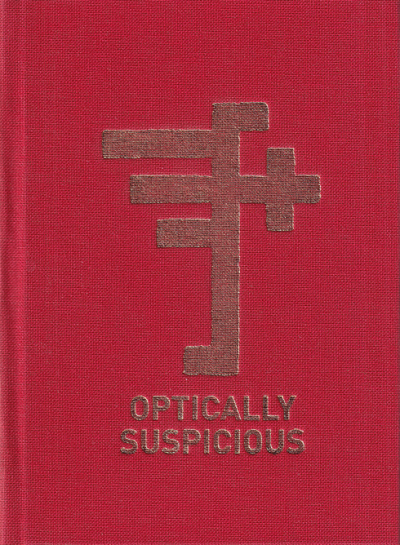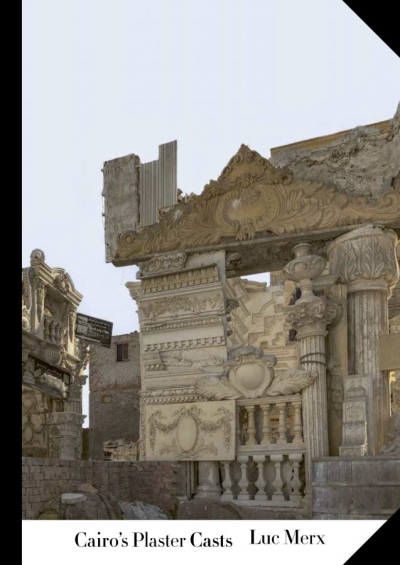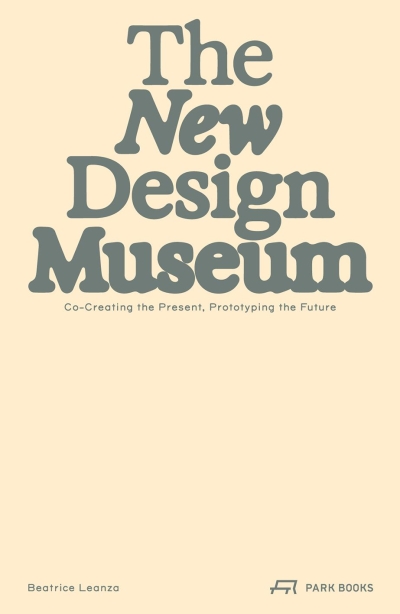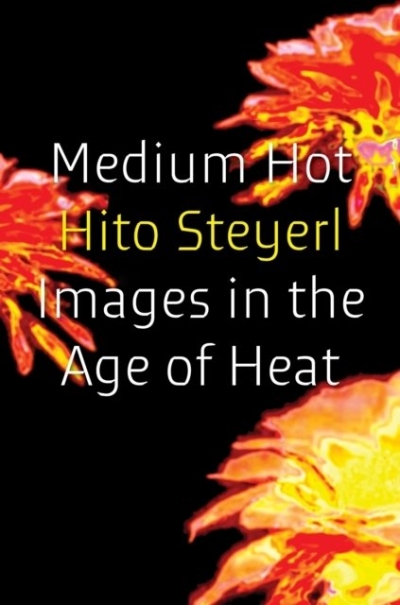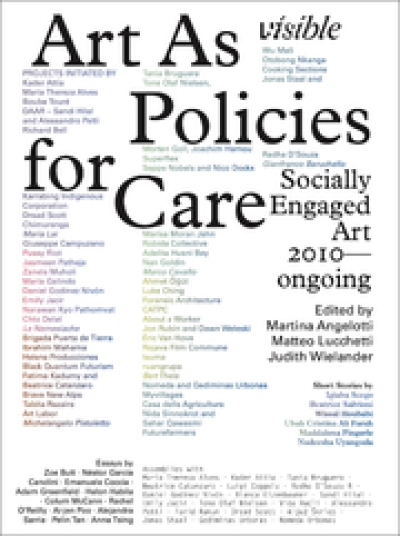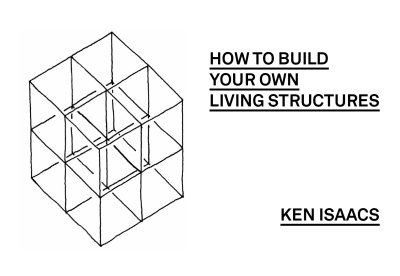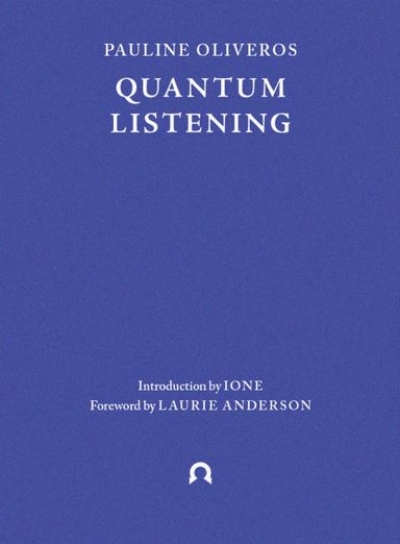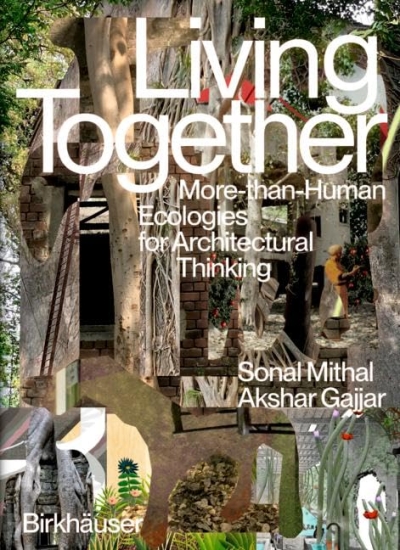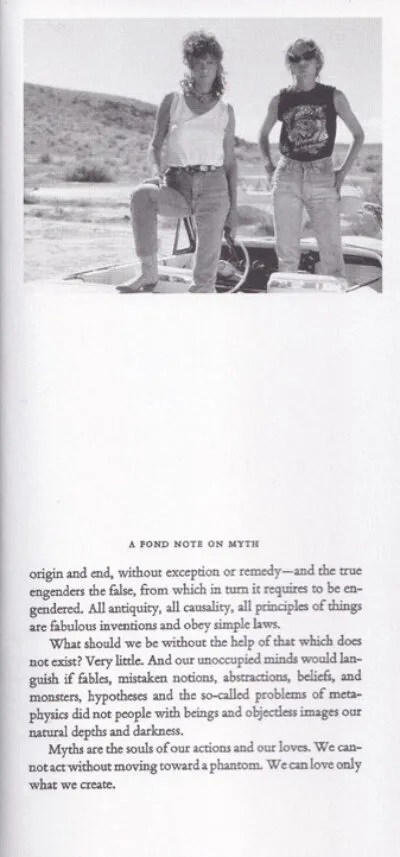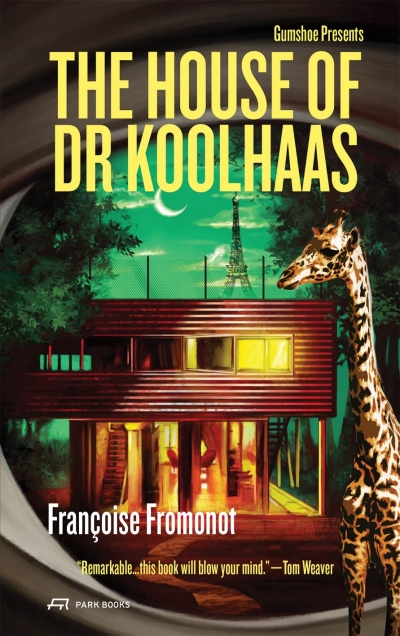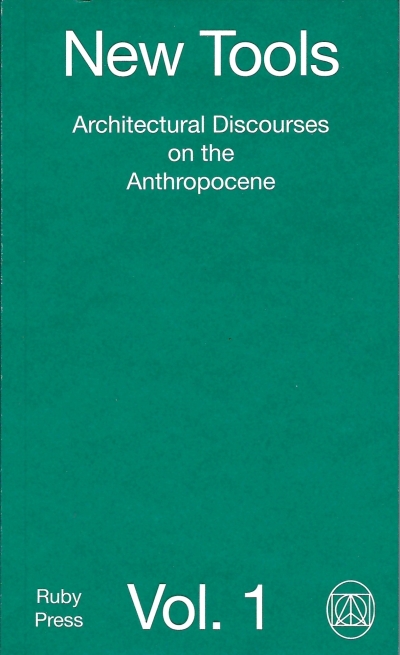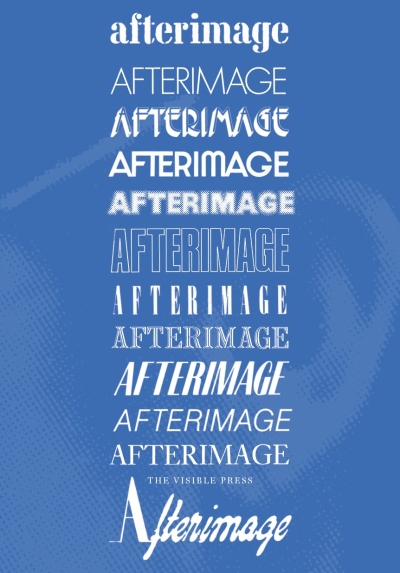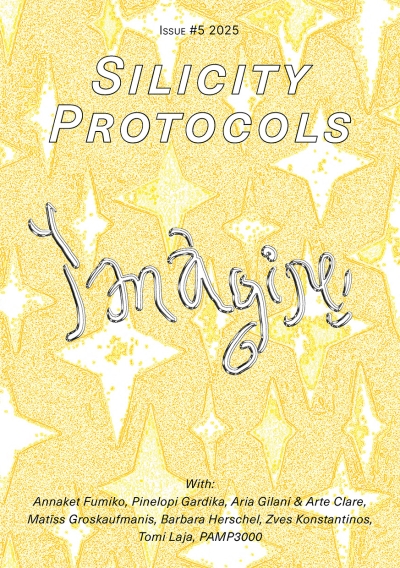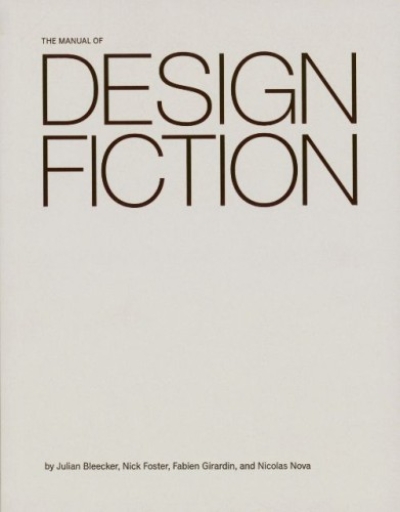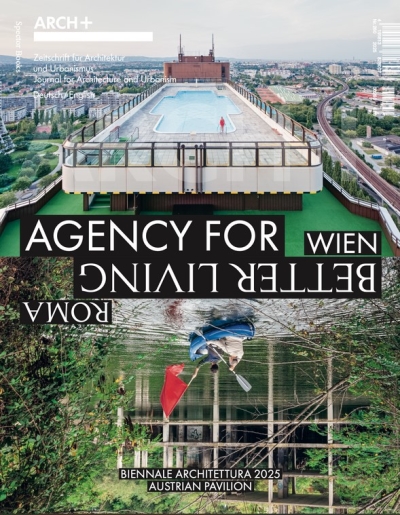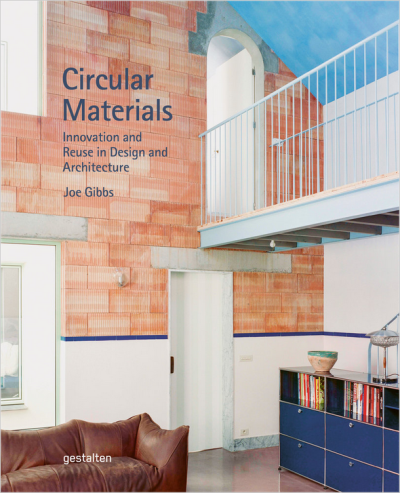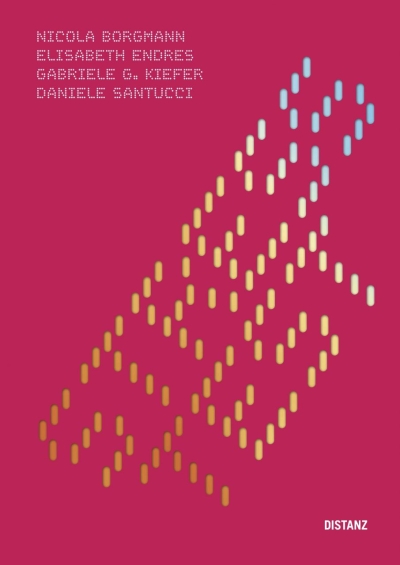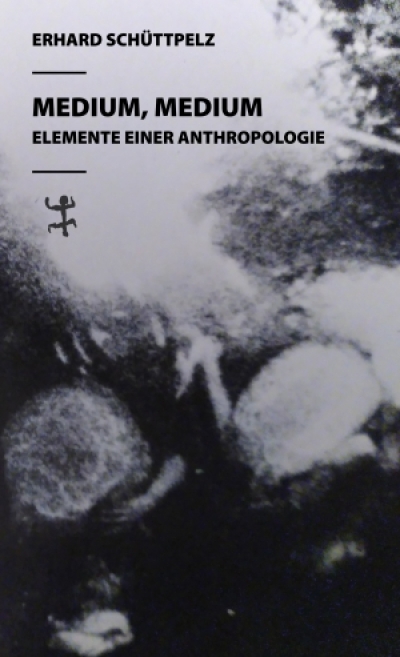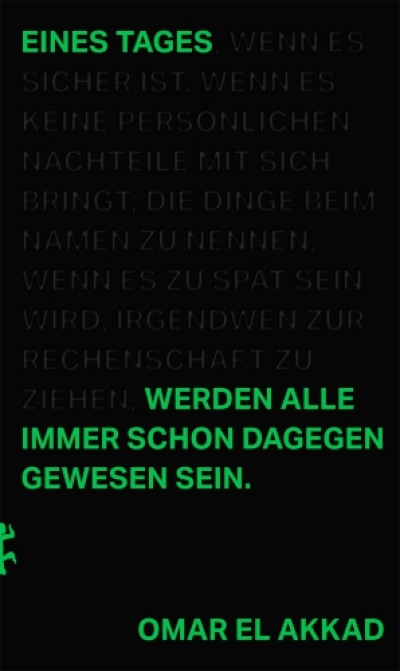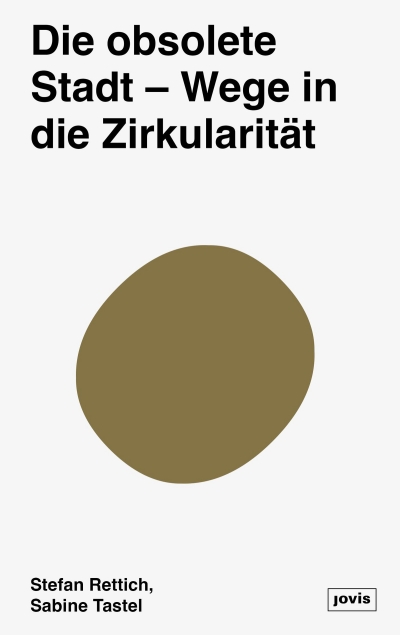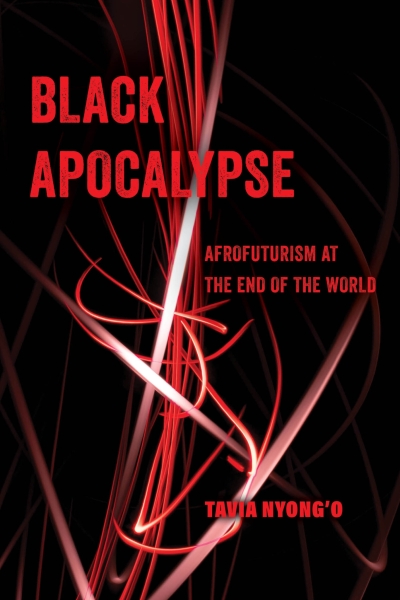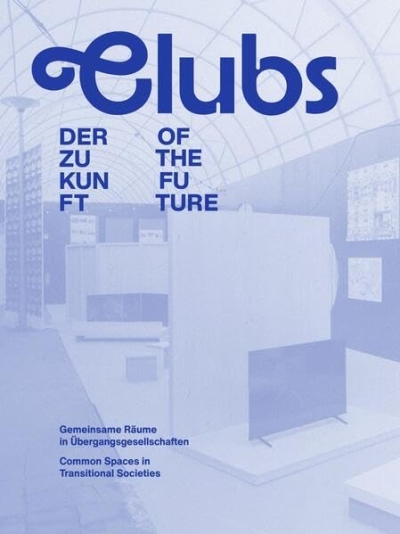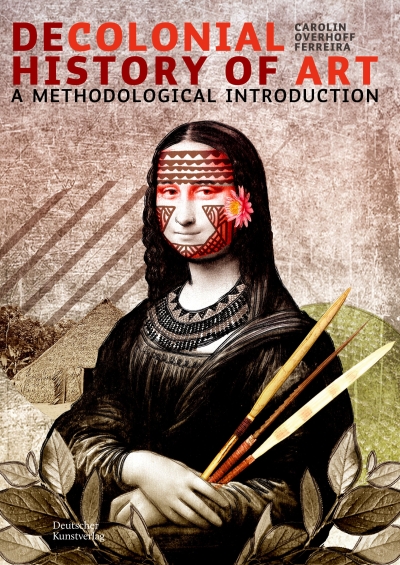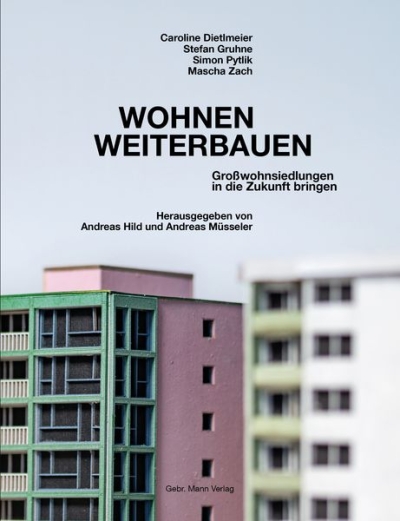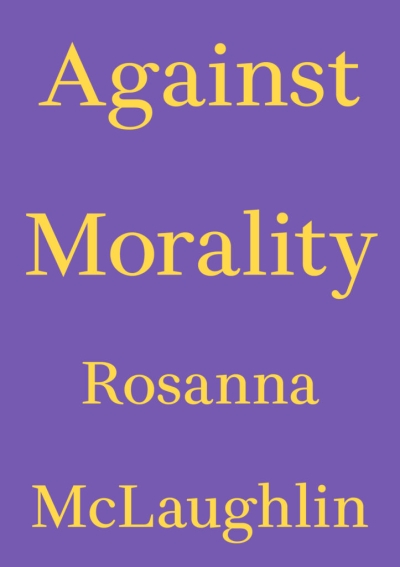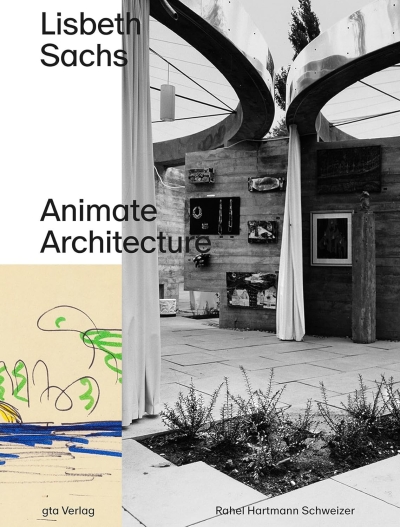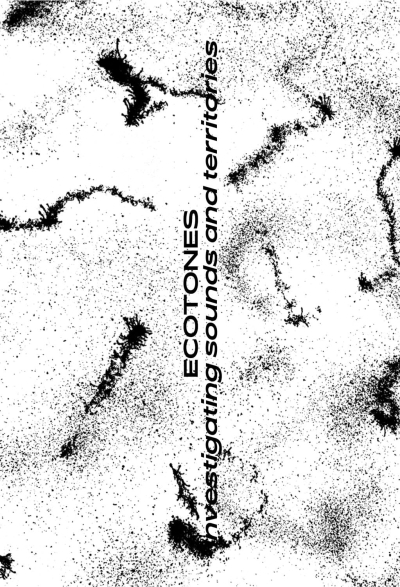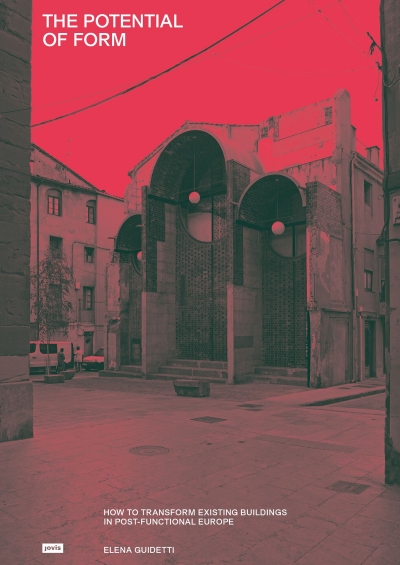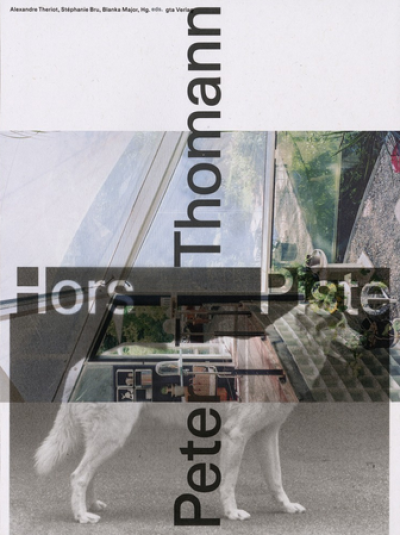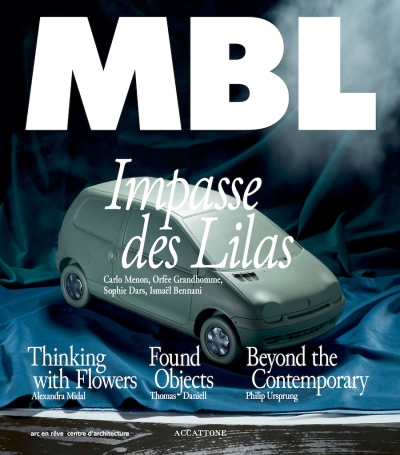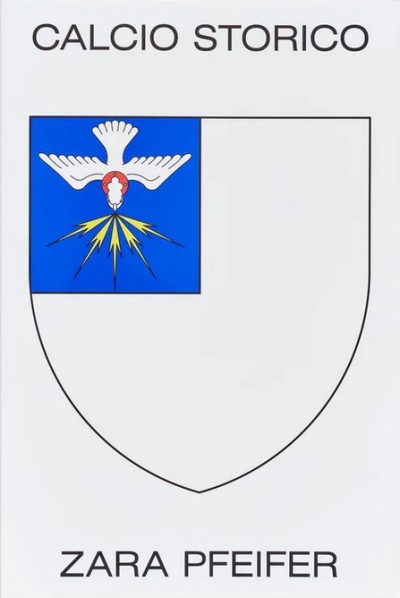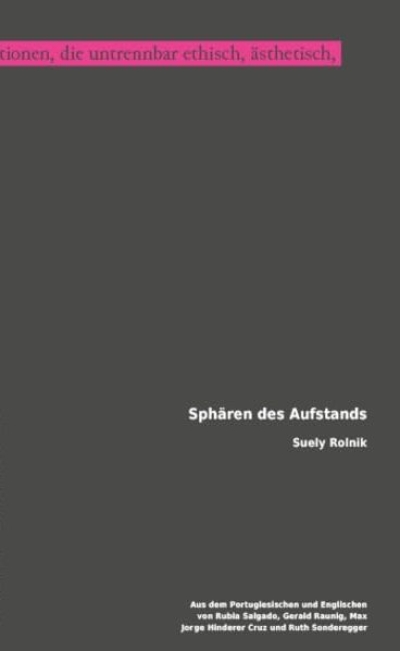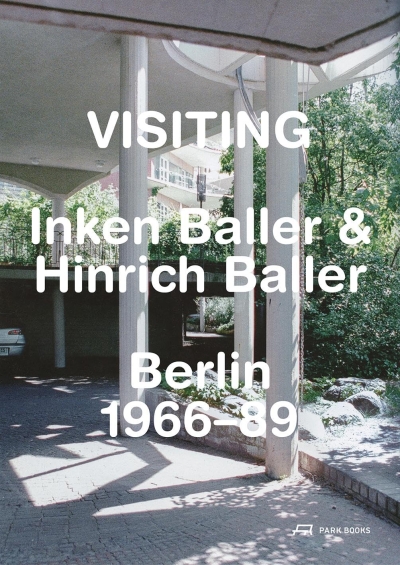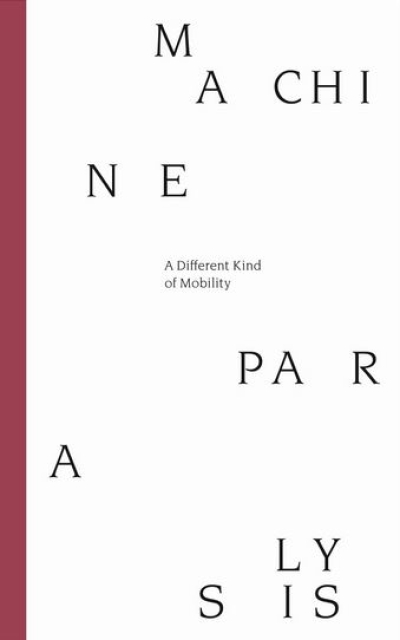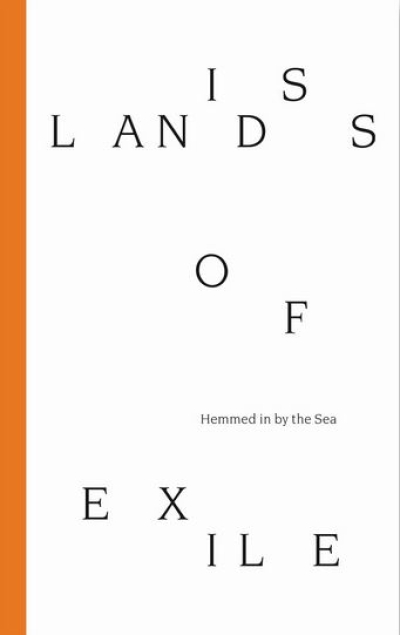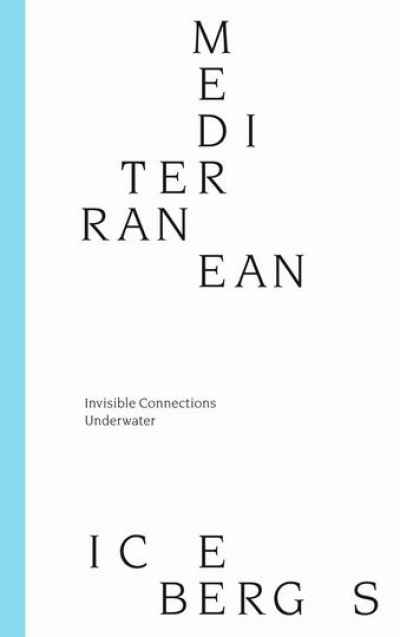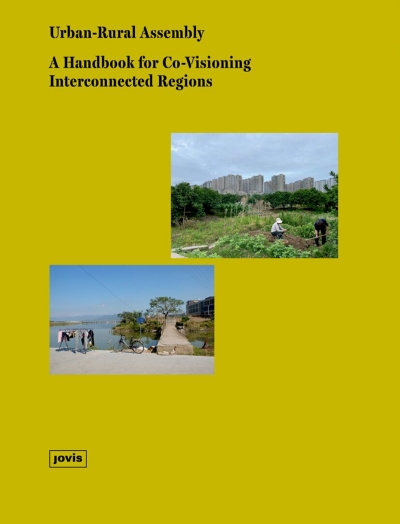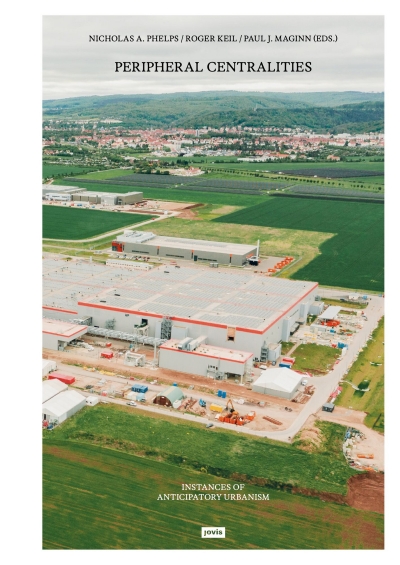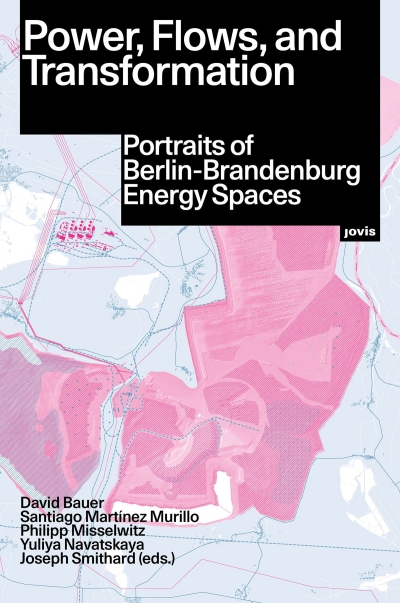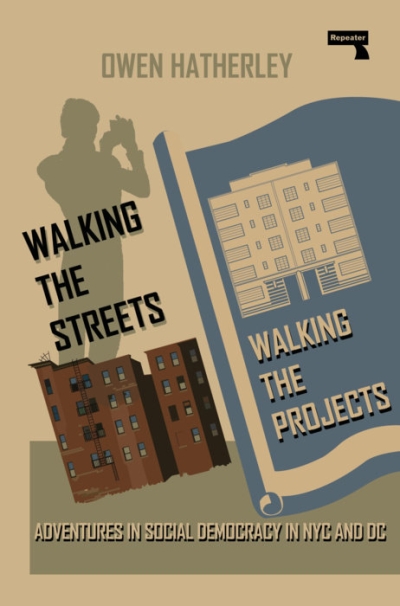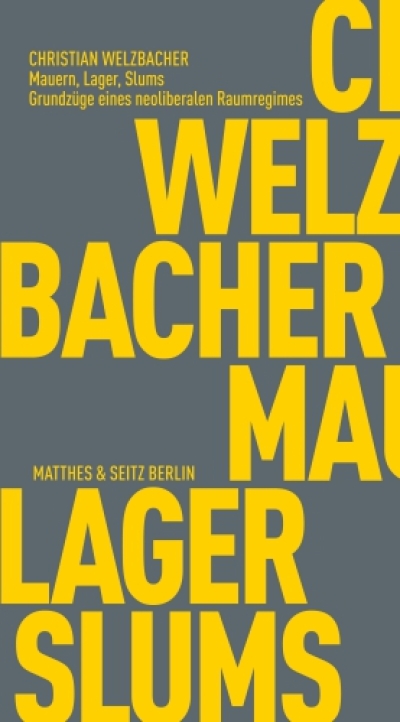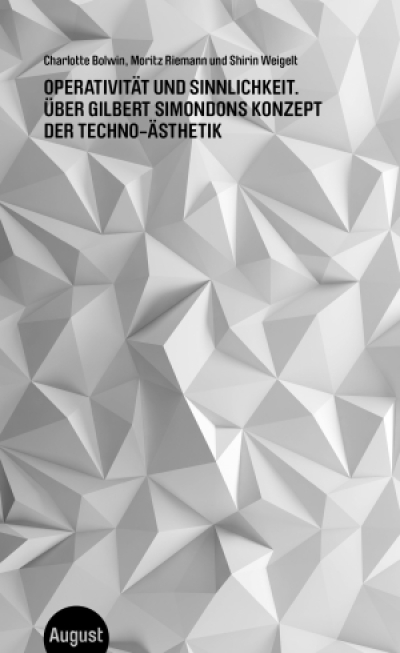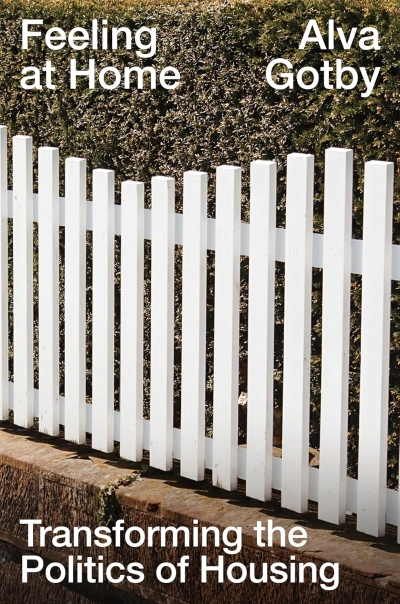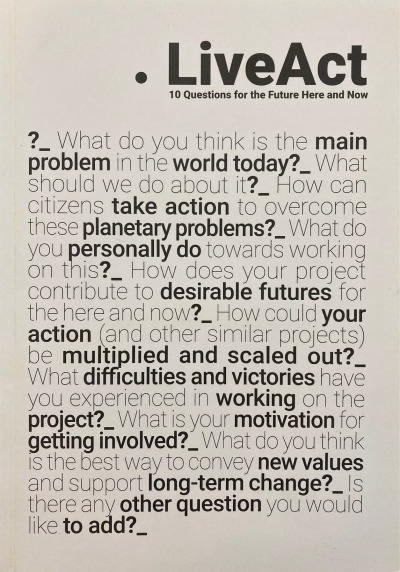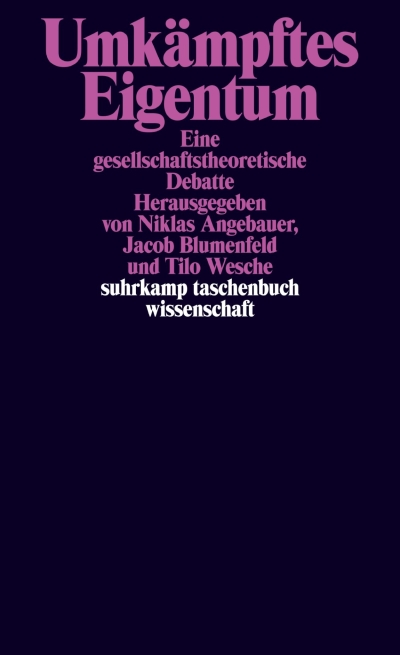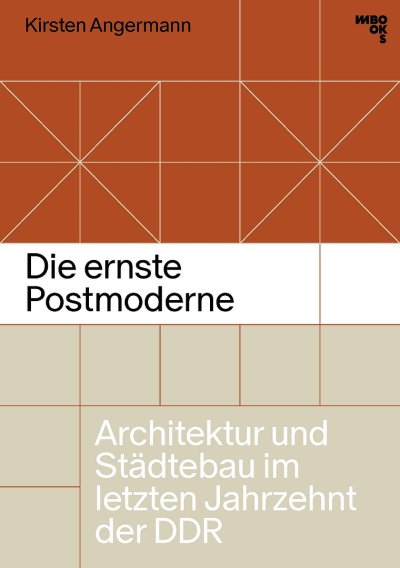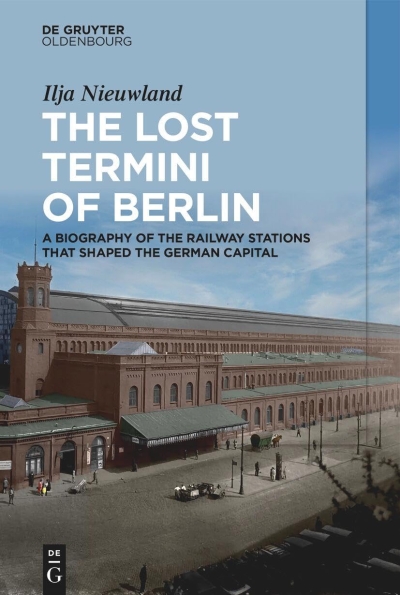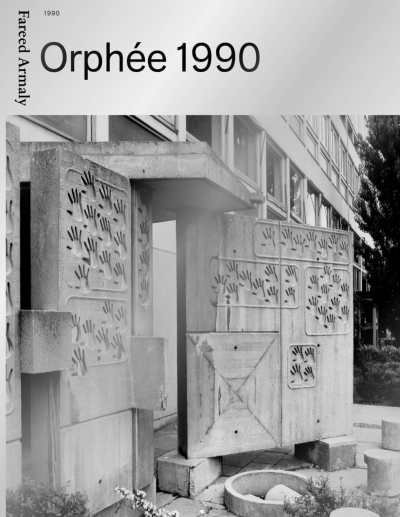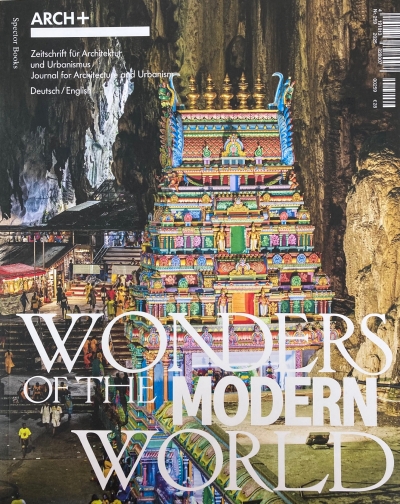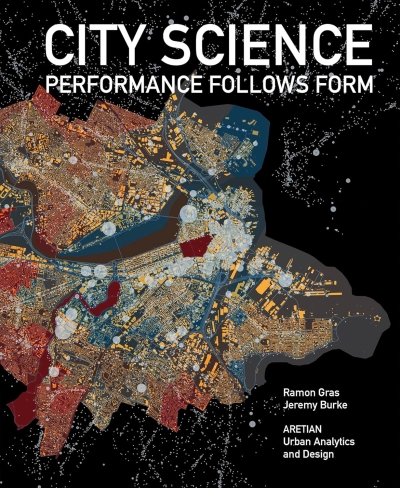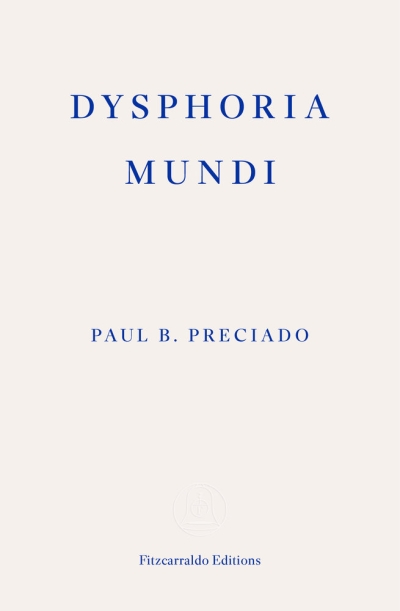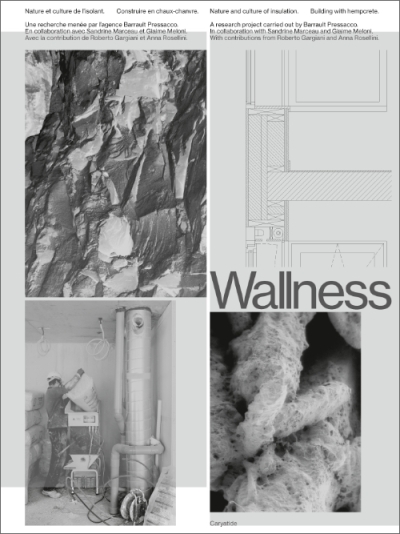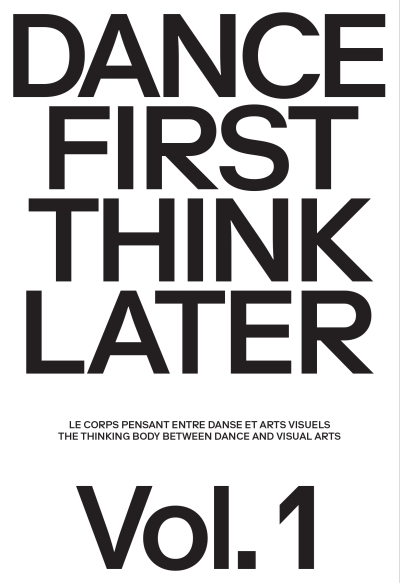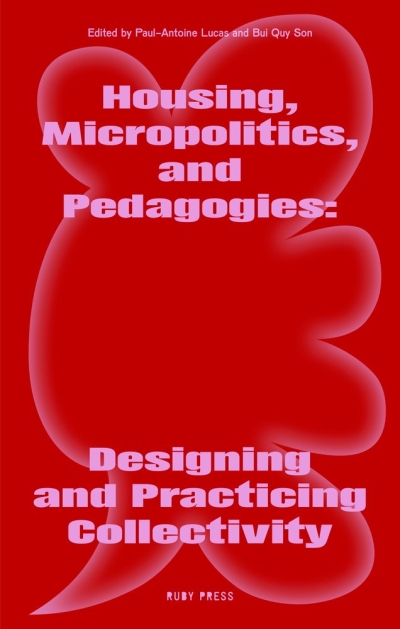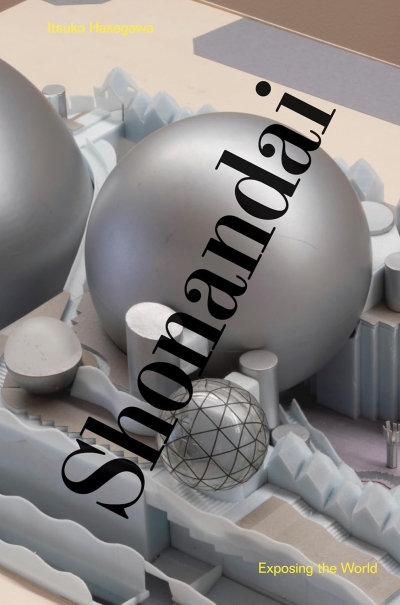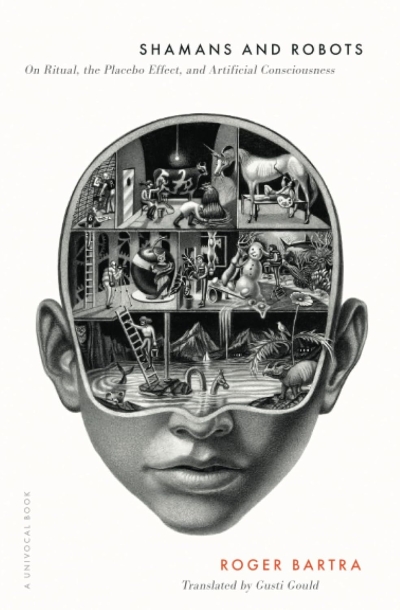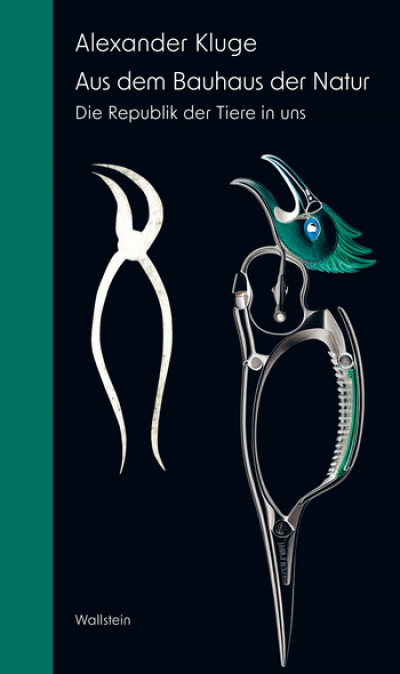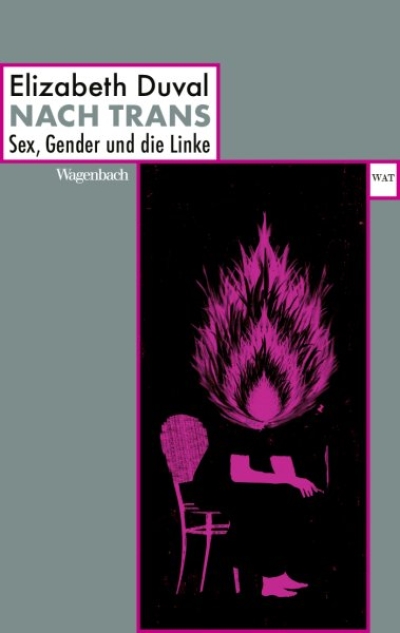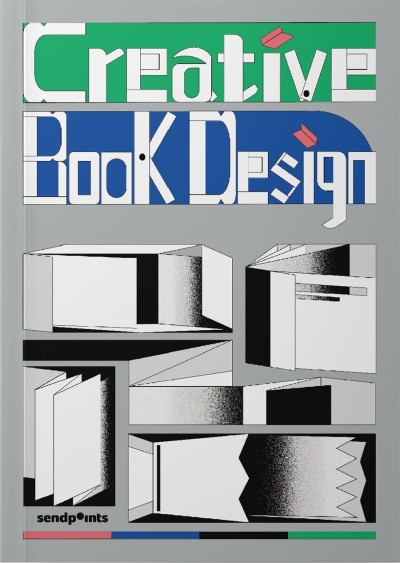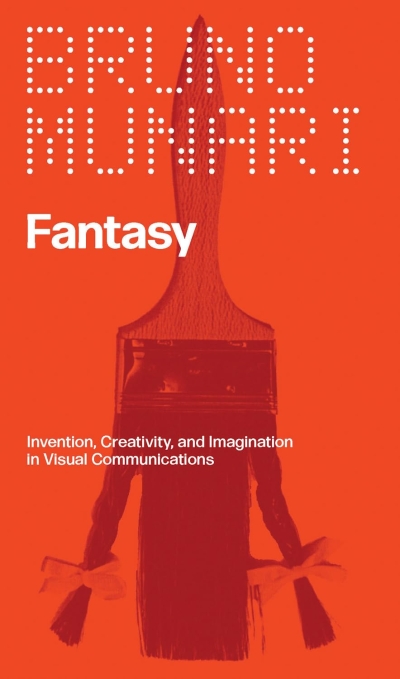Charlotte Malterre-Barthes (Hg)
On Architecture and Work. The Political Economy of Space…
gerade nicht auf Lager
Mario Asef, Golo Föllmer, Georg Klein,…
Errant Sound Reader. Thoughts and Practies from the Berlin…
gerade nicht auf Lager
Katía Truijen and Brandon LaBelle (Eds)
Epistemic Imaginaries. Learning as Festivity
gerade nicht auf Lager
Brandon LaBelle
Poetics of Listening: Inner Life, Social Transformation,…
gerade nicht auf Lager
Torsten Andreasen, Emma Sofie Brogaard…
Finance Aesthetics. A Critical Glossary
IDEA Magazine
Idea 410. Shaping Fear: Visualizing Terror and Unease in…
IDEA Magazine
Idea 409. In Search of Beautiful Books: Manuscripts from…
Spike
Spike Art Magazine ISSUE 84 Vulgarity
gestalten & Ricardo Bofill
Ricardo Bofill. Visions of Architecture
Ben Murphy
Ears to the Ground. Adventures in Field Recording &…
Justin Patrick Moore
The Radio Phonics Laboratory. Telecommunications, Speech…
Miriam Oesterreich
Branching Out. Botanical Metaphors and Worlding Art History…
gerade nicht auf Lager
Initiative Haus Marlene Poelzig, Hannah…
Haus Marlene Poelzig, Berlin. Abriss und Aufbruch
Frederik Schulze, Philipp Wolfesberger
Dekoloniale Theorien zur Einführung
Gabriele Gramelsberger, Hans-Jörg…
Epistemologien zur Einführung
gerade nicht auf Lager
Anne Carson
The Gender of Sound
gerade nicht auf Lager
Esther Buss
Aus der ersten Person. Filmische Autobiografien/Autofiktion
gerade nicht auf Lager
Max Turnheim
The Use of Space
Pascale Obolo, Michalis Pichler,…
Reading Ecologies: Transforming Publishing in Africa
Forty five degrees
Radical Rituals – 45°N 1°W to 45°N 7°E
gerade nicht auf Lager
Matrijaršija
Optically Suspicious
Luc Merx
Cairo’s Plaster Casts
gerade nicht auf Lager
Beatrice Leanza
The New Design Museum. Co-creating the Present, Prototyping…
Hito Steyerl
Medium Hot. Images in the Age of Heat
gerade nicht auf Lager
Martina Angelotti, Matteo Lucchetti,…
Visible. Art as Policies for Care. Socially Engaged Art (…
gerade nicht auf Lager
Pierre Hourquet, Christophe Daviet-…
Ken Isaacs. How to Build your Own Living Structures
Christa Blümlinger (Hg.)
Teri Wehn Damisch: Transatlantic Crossings Between the Arts
gerade nicht auf Lager
Pauline Oliveros
Pauline Oliveros. Quantum Listening
Zasha Colah (Hg)
Passing the fugitive on / das flüchtge weitergeben. 13.…
Christian Nirvana Damato
Multiplication of Organs. Body, Technology, Identity, Desire
Akshar Gajjar, Sonal Mithal
Living Together. More-Than-Human Ecologies for…
Klittern (aesopica)
Françoise Fromonot
The House of Dr Koolhaas
Adria Daraban, Frédéric Schnee (Hg.)
New Tools Vol. 1. Architectural Discourses on the…
Mark Webber (Hg.)
The Afterimage Reader
Aleksandr Delev (Ed.)
Silicity Protocols. Issue #5. Imagine
cover Fabien Girardin, Julian Bleecker…
The Manual of Design Fiction
gerade nicht auf Lager
Morgane Billuart
Becoming the Product. The Critical Internet Researcher as a…
Melanie Isverding, Thomas Düllo,…
texturen Nr. 9 - Schmucken
gerade nicht auf Lager
Vaim Sarv with Anne Türnpu, Andreas…
Radical Runosong. Decolonizing Self and Tradition
Boris Chukhovich, Davide del Curto…
Tashkent Modernism. XX/XXI
Arch+ Zeitschrift für Architektur und…
ARCH+ 260. Wien/Roma – Agency for Better Living (DE/EN)
gerade nicht auf Lager
Robert Klanten, Joe Gibbs
Circular Materials. Innovation and Reuse in Design and…
gerade nicht auf Lager
Nicola Borgmann, Elisabeth Endres,…
Stresstest. Der Deutsche Pavillon auf der 19.…
Erhard Schüttpelz
Medium, Medium. Elemente einer Anthropologie
Omar El Akkad
Eines Tages werden alle immer schon dagegen gewesen sein
Stefan Rettich, Sabine Tastel
Die obsolete Stadt. Wege in die Zirkularität
gerade nicht auf Lager
Tavia Nyong'o
Black Apocalypse. Afrofuturism at the End of the World
gerade nicht auf Lager
Évelyne Gayou
Revolution in Music. The History of the Groupe de…
Dorothee Albrecht (Hg)
Clubs der Zukunft: Gemeinsame Räume in Übergangsgesellschaft
Carolin Overhoff Ferreira
Decolonial History of Art. A Methodological Introduction
gerade nicht auf Lager
Andreas Hild, Andreas Müsseler
Wohnen weiterbauen. Großwohnsiedlungen in die Zukunft…
gerade nicht auf Lager
Rosanna McLaughlin
Against Morality
Editor: Sascha Bauer, Authors: Sascha…
The Joinery Compendium. Learning from Traditional…
Astrid Deuber-Mankowsky
Queer Post-Cinema. Reinventing Resistance
Rahel Hartmann Schweizer
Lisbeth Sachs. Animate Architecture
Riccardo Badano,Tomas Percival, Susan…
Common Sensing. Centre for Research Architecture 3
Valentin Bansac, Mike Fritsch, Alice…
Ecotones. Investigating Sounds and Territories
Elena Guidetti
The Potential of Form. How to Transform Existing Buildings…
gerade nicht auf Lager
Chantal Akerman
Chantal Akerman. Eine Familie in Brüssel
gerade nicht auf Lager
Alexandre Theriot, Stéphanie Bru,…
Peter Thomann. Hors Piste
Sophie Dars, Carlo Menon (eds.)
MBL architectes. Impasse des Lilas
Zara Pfeifer, Marina Montresor (ed.)
Calcio Storico. Zara Pfeifer
Suely Rolnik
Sphären des Aufstands. Anmerkungen zur Dekolonisierung des…
gerade nicht auf Lager
Urban Fragment Observatory
Visiting. Inken Baller & Hinrich Baller, Berlin 1966-89…
Camille Pradon, Christos Papamichael,…
Machine Paralysis. A Different Kind of Mobility
Sanem Su Avcı, Tonia Tzirita Zacharatou…
Islands of Exile. Hemmed in by the Sea
gerade nicht auf Lager
James Bridle, Hypatia Vourloumis,…
Mediterranean Icebergs. Invisible Connections Underwater
Anke Hagemann and Ava Lynam, Gaoli Xiao…
Urban-Rural Assembly. A Handbook for Co-Visioning…
Mark Crinson, Luisa Lorenza Corna (Hg.)
Struggles in the Concrete. Architecture and the Marxist…
Nicholas A. Phelps, Roger Keil, Paul J…
Peripheral Centralities. Instances of Anticipatory Urbanism
gerade nicht auf Lager
David Bauer, Santiago Martínez Murillo…
Power, Flows, and Transformation. Portraits of Berlin-…
gerade nicht auf Lager
Owen Hatherley
Walking the Streets / Walking the Projects. Adventures in…
Christian Welzbacher
Mauern, Lager, Slums. Grundzüge eines neoliberalen…
Charlotte Bolwin, Moritz Riemann,…
Operativität und Sinnlichkeit. Über Gilbert Simondons…
Alva Gotby
Feeling at Home. Transforming the Politics of Housing
Andreas Banaski, Erika Thomalla (Hrsg.)
Die Wahrheit über Kid P.
dérive
dérive N° 99, Sampler (Apr - Jun 2025)
gerade nicht auf Lager
Constantin Petcou, Doina Petrescu, EJ…
LiveAct. 10 Questions for the Future Here and Now
Niklas Angebauer, Jacob Blumenfeld,…
Umkämpftes Eigentum. Eine gesellschaftstheoretische Debatte
Kirsten Angermann
Die ernste Postmoderne. Architektur und Städtebau im…
gerade nicht auf Lager
Nieuwland
The Lost Termini of Berlin
Fareed Armaly
Orphée 1990
Jürgen Ledderboge
Friedrichstadtpalast. Vom Neubau zum Denkmal
Arch+ Zeitschrift für Architektur und…
ARCH+ 259. Wonders of the Modern World
gerade nicht auf Lager
Paola Vigano
The Biopolitical Garden. Space, Life, Transition
Ramon Gras, Jeremy Burke
City Science. Performance follows Form
gerade nicht auf Lager
Paul B. Preciado
Dysphoria Mundi
Barrault Pressacco
Wallness. Nature and culture of insulation. Building with…
Olivier Kaeser (Ed.)
Dance First Think Later. The Thinking Body between Dance…
Paul-Antoine Lucas, Bui Quy Son (Hg)
Housing, Micropolitics, and Pedagogies. Designing and…
Itsuko Hasegawa, Kersten Geers, Jelena…
Itsuko Hasegawa. Shonandai - Exposing the World
gerade nicht auf Lager
Roger Barta
Shamans and Robots. On Ritual, the Placebo Effect, and…
gerade nicht auf Lager
Chris Dähne, Martin Mäntele, Helge…
Programmed for Hope. Architectural Experiments at the HfG…
Alexander Kluge
Aus dem Bauhaus der Natur. Die Republik der Tiere in uns
Elizabeth Duval
Nach Trans. Sex, Gender und die Linke
gerade nicht auf Lager
SendPoints
Creative Book Design
Bruno Munari
Bruno Munari. Fantasy. Invention, Creativity, and…

